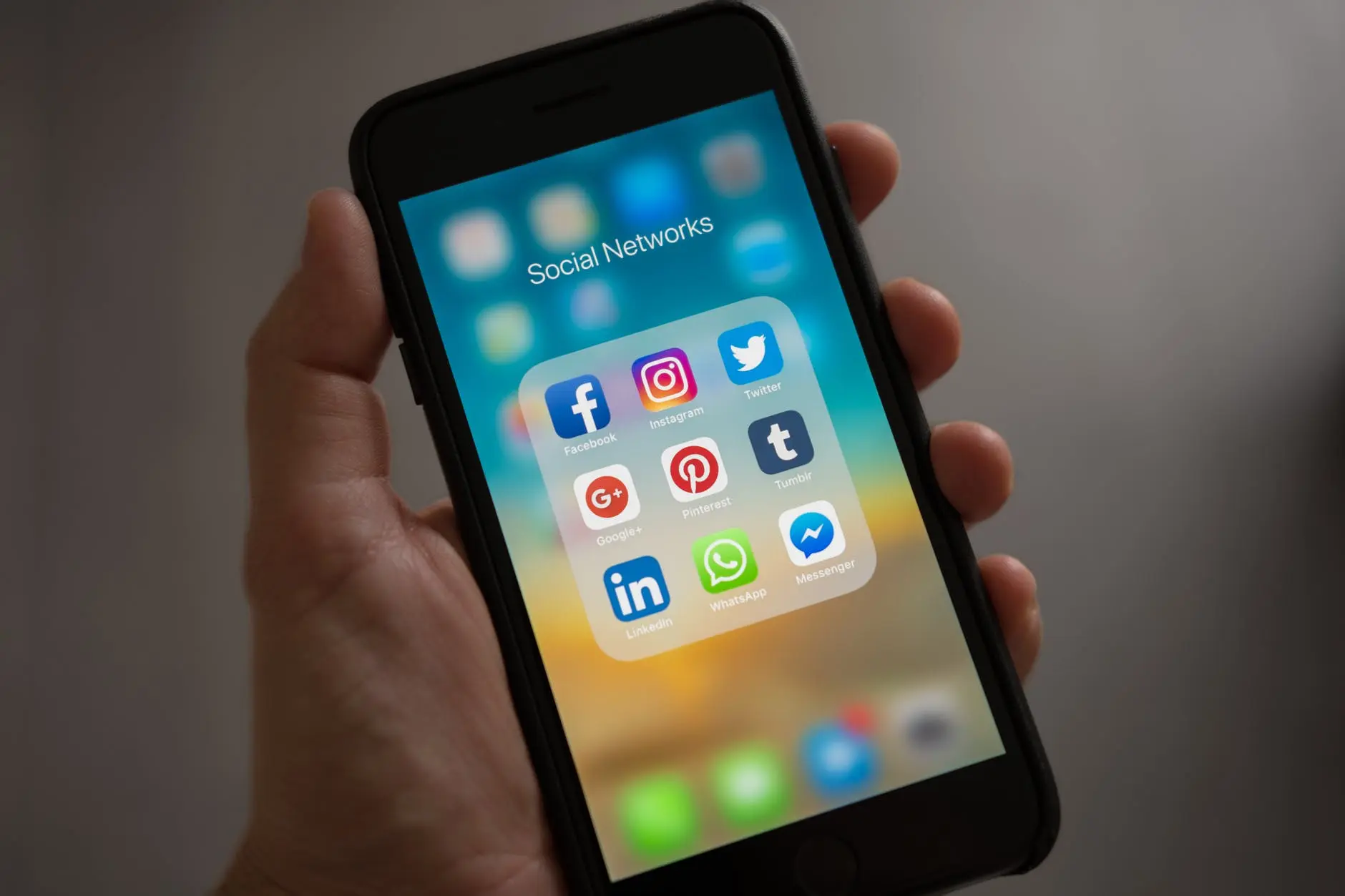Originally published February 6, 2021 , updated on March 8, 2023
We’ve spoken at length about lead generation, covering a few methods and some of the theory. Of course, general lead generation is just the first step. While it can be said that ‘a lead is a lead’, any salesperson will be able to tell you that there’s a distinct difference between a qualified lead and a tire-kicker. Today we’ll be discussing marketing qualified leads – what they are and how to define them.
You may be wondering why it’s important to quantify which of your leads are marketing qualified and which are sales-qualified, if you’re just trying to sell your products or services. In a nutshell, trying to sell to sales-qualified lead will often have a much higher success rate than trying to sell to a marketing-qualified lead. In fact, pitching to an MQL may scare them away, losing you the sale for good. You don’t want your salespeople wasting time and energy on leads that are probably not ready to make a purchase.
Having a qualification process for your leads simply helps you to organize which leads are ready to be sold to, and which aren’t. This saves time for your sales team, and gives everybody a clear idea of where to focus their efforts.
Many organizations have multiple qualification stages for their leads, namely:
- Marketing Qualified Leads: a prospect who has demonstrated some interest or engagement, which tells marketing that they are a genuine lead.
- Sales Accepted Leads: prospects become sales-accepted when the sales team accepts the lead and agrees to take action.
- Sales Qualified Leads: prospects that have passed the point of qualification by the sales team, and are moving into an opportunity stage.
What is a Marketing Qualified Lead?

Technically, a lead is anyone who provides you with their details. Unfortunately, as most marketers know, many of these leads are all but useless. They don’t respond to emails, they don’t answer their phones and eventually, they ask to be removed from your database. A marketing qualified lead (MQL) is a lead which shows at least some engagement with your business’s marketing efforts. They are someone who is deemed more likely to become a customer than other leads.
The qualification process will differ from business to business, and a lead can become marketing qualified based on what they’ve downloaded, what web pages they’ve, and other similar engagement with your business’s content. Marketing qualified leads haven’t quite made the step into a sales conversation yet, but they are more likely to be receptive to a sales pitch that a regular lead.
Examples of Marketing Qualified Lead Actions:
- Downloading a lead magnet, such as free ebook or webinar
- Using a software demo
- Adding items to a wishlist or their shopping cart
- Spending a lot of time on your site, visiting the site often or visiting key pages
- Contacting you to request more information
This is not a comprehensive list, but does cover some of the common actions of marketing qualified leads. The best way to identify qualified leads often depends on much more, such as demographics, analytics and lead scoring. These are a start though, and can help you to weed out those leads who are unlikely to become customers.
How To Identify Marketing Qualified Leads
Examining buyer journeys and existing customer behaviours is one of the most common ways to identify marketing qualified leads. You’ll need to develop your own definition for MQLs for your business, as not all are the same, even within the same industry.
Defining your own criteria will require looking at your other buyer’s and leads habits. You can do this by investigating demographic data, such as job title, location, company size, etc. You should also analyse how they act and interact with your site as compared to other leads.
Examine historical behaviour: analyse the behaviour of your won, lost and cold leads. Examine how sales have gone in the past, the journey the took from initial contact to confirming the sale
Get customer feedback: what is the feedback you receive from lost or cold leads? Are there particular things that put them off? Can you change these things? Make sure to gather both empirical data and a sentiment analysis.
Look for trends: What do successful leads have in common? Which offers, pages and ads convert the highest quality MQLs? Identifying these trends can tell you what you are doing right.
Identify competitive edge: Understand your place in the competitive landscape on every level. Take a look at your marketing presence and tactics and identify what makes leads choose you over competitors?
Marketing Qualified Leads (MQL) Vs. Sales Qualified Leads (SQL)
The only difference between a marketing qualified lead and sales qualified lead is their perceived willingness to make a purchase. An example in layman’s terms would be a person at a shopping mall or retail store. An MQL would be window shopping, or just browsing. They’ve indicated some level of interest by going into the store, but they’re not set on making a purchase. Being approached by a salesperson at this point may irritate them, causing them to leave. An SQL would be searching for something specific, looking for a sales associate to help them.

SQLs have intent, and are actively interested in making a purchase. They are the only leads who should be passed along to the sales team.
What Marketing Qualified Leads are Not
An MQL is neither just a regular lead nor a guaranteed customer. This means you should overvalue them, or undervalue them. MQLs are just leads who have indicated some level of interest in your business. Once they demonstrate any further interest in making a purchase, they should be moved from MQL, to SAL or SQL.
An MQL is Not a Guarantee of Sale
Not every MQL will become an SQL. Even though they indicate some interest, there is no guarantee they will continue to move down the funnel. If a lead is not clearly ready to make a purchase and you approach them as if they are, you will probably scare them away entirely.
An MQL is Not a Regular Lead
MQLs actively show interest. This is important, as some leads won’t even be marketing-qualified. There are many tire-kickers out there who probably aren’t even interested in getting a newsletter or hearing anything more about your company. An MQL will at least have some engagement with your brand. Looking back to the example of a shopper in a mall: regular leads would be the people walking past your storefront, or those who walk in and walk straight back out again. They’re around, and it’s possible that they could notice you and come back in to make a purchase, but it’s somewhat unlikely.
An MQL is Not any Bit of Interest Your Business Receives
Sometimes, people who are just browsing are really just browsing, and they’ll walk out of the store no matter what you do. Sometimes people are going to download your trial software or ebook just to try it. Maybe they’re curious, or maybe can’t afford a purchase. There are many factors which make someone a generic lead and there’s not much you can do. The only thing you can do, really, is weed out low-quality leads, and focus on the promising, high quality leads.
Defining the difference between a lead and a Marketing Qualified Lead means you won’t waste time on leads who will most likely never turn into customers.
How to Nurture MQLs into SQLs
Once you’ve identified what makes an MQL, you need to use marketing to add fuel to the fire and turn them into an SQL. This can be tricky for businesses who haven’t yet started with lead nurturing. While an MQL definitely isn’t ready for the hard-sell, not contacting them at all will allow them to forget about your business entirely, possibly leading them to a competitor.
While your lead nurturing strategy should be tailored based on your specific company, customer personas and buying cycle, there are a few general strategies that almost always work.
1. Drip Campaigns
A drip campaign is probably one of the most common lead nurturing strategies. They are often automated, triggered by a lead taking a specific action, such as filling in a form or downloading an ebook. By “dripping” emails into their inbox, you can stay at the forefront of their mind, slowly building trust and moving them down the funnel. While your drip campaign will be specific to your company, an example may look something like this:
- First Day A lead downloads an ebook from your website. They are marked as a marketing qualified lead, and enrolled in a nurturing workflow. You send a thank-you email containing a link to the ebook and some other relevant resources.
- Fifth Day: Your next email contains another bottom-of-the-funnel offer, such as a product sheet or case study or product.
- Second Week: You send another follow-up email, asking if they have any questions about your product. You can also detail some features that are specific to their persona.
- Third Week: They have yet to reach out to you, so you send another bottom-of-the-funnel offer.
- Fourth Week: You send a demo request email.
- Fifth Week: They request a demo, and you can mark them as sales qualified. They are then passed off to a rep to walk him through a product demo.

2. Newsletters
Another good way to keep leads engaged, or re-engage inactive leads is creating monthly or quarterly newsletters. Newsletters can be used to speak to certain personas or pain points, showcase new content or highlight products and services. They provide a good way to remind leads of your business, which is especially useful for businesses with long buying cycles.
This doesn’t mean that you should bombard your entire database with the same newsletter every month. Segmentation is vital. For example, customers should receive newsletters containing product changes or company updates, and bottom-of-the-funnel leaves should receive free trials or case studies. Top-of-the-funnel leads can receive newsletters which address their pain points and provide useful information.
3. Event-Based Workflows
An event is a specific behavior that a contact can take across your website. Using these actions to trigger certain nurturing workflows can take a significant degree of personalization and effort to pull off, but can have a rewarding payoff. Some actions that could trigger workflows include spending a certain amount of time on the site, or visiting a specific page.
For example, if a contact repeatedly visits a page that speaks to a specific persona, pain point, or industry, they should be enrolled in a workflow which delivers other useful information relating to these topics.
However, contacts shouldn’t be receiving emails each time they visit your site. Parameters must be set when creating these event-based workflows to ensure that leads are not being inundated.
The process of identifying your MQLs and creating lead nurturing strategies may sound complicated, but it’s well worth the effort. Though it will take some time to get everything implemented, you will soon start getting the conversion rates you want.
Post Views: 162



















